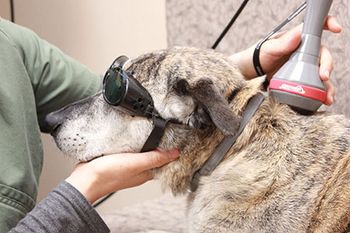
Technological advances continue to make treatment of many conditions in veterinary medicine more effective and efficient, and laser therapy is no exception. Sponsored by Companion Animal Health
Dr. Sherman O. Canapp, Jr. works with the Veterinary Orthopedic and Sports Medicine Group, Annapolis Junction, Md.

Technological advances continue to make treatment of many conditions in veterinary medicine more effective and efficient, and laser therapy is no exception. Sponsored by Companion Animal Health

How you, too, can be taking advantage of its palliative and recuperative benefits in your veterinary patients.

Have you been hearing the buzz about pl

Identifying the cause of forelimb and hind limb lameness in dogs can be a challenge. Until recently, diagnostics in small animal orthopedics included visual gait analysis and radiographs. With advanced diagnostics becoming more readily available (objective gait analysis, CT scan, MRI, ultrasound, nuclear scintigraphy, arthroscopy, etc) clinicians can now obtain a definitive diagnosis to those challenging conditions.

Injuries to the carpus and tarsus are common in agility and sporting dogs. The carpal and tarsal joints act as sock absorbers for the limb during weight bearing. They are prone to injury due to their complexity and lack of muscular support. The complexity of these joints creates a diagnostic problem for many veterinarians. Many carpal and tarsal injuries, particularly those that go undiagnosed or untreated, can result in an increased risk of osteoarthritis and potential long-term lameness.

Traumatic fragmented medial coronoid process (TFMCP) is a condition in the elbow joint of dogs that appears to occur commonly in performance dogs. Unlike the classic condition of fragmented medial coronoid process (FMCP) affecting the elbow joints of skeletally immature large to giant breed dogs, jump down syndrome (TFMCP) appears to have no age or size limitations.

Current treatment options for osteoarthritis are extensive and can be categorized into medical/ conservative or surgical therapies. Medical therapies may consist of weight control, exercise modification, rehabilitation therapy, pain management medications, oral joint protective compounds, and intra-articular treatments.

The most common hind limb orthopedic/sports medicine conditions afflicting active dogs are iliopsoas strains, cranial cruciate ligament (CCL) insuffiency and gracilis and semitendinosus contracture. Of the hind limb muscular injuries iliopsoas strain is, by a considerable margin, seen more frequently than gracilis and semitendinosus contracture.
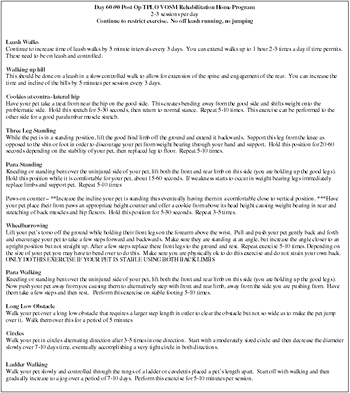
There are numerous studies indicating the positive benefits of rehabilitation therapy following CCL surgery. In summary, rehabilitation therapy has been shown to improve muscle mass and attenuate muscle atrophy that occurs in the post-operative period, increase stifle joint ROM, especially extension, improve weight-bearing as measured by force plate analysis, and reduce the progression of osteoarthritis.

Soft tissue injuries and osteoarthritis are common conditions afflicting active dogs due to the repetitive forces placed on the joints. Microtrauma to the tendons, ligaments, and the articular surfaces of joints can occur, creating an environment for osteoarthritic development.

Similar to dogs, joint disorders of the cat are common. Despite this fact, the reported treatment options for cats with joint disease are limited. The object of this presentation is to describe the clinical findings, surgical / arthroscopic findings and post-operative management of cats with joint disorders including elbow osteoarthritis and medial compartment disease, shoulder osteoarthritis and medial shoulder instability, and cranial cruciate ligament insufficiency.

Diagnosing and treating forelimb conditions in dogs can be very challenging. Many dogs present with a similar history including minimal responsive to rest and non-steroidal anti-inflammatory drugs and increased lameness following exercise and heavy activity. It can be difficult to localize the lesion on palpation as many dogs may show increased sensitivity in the shoulder and elbow from referred pain and compensation.
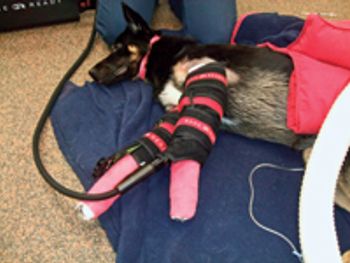
A variety of treatments can get patients back comfortably on all fours.
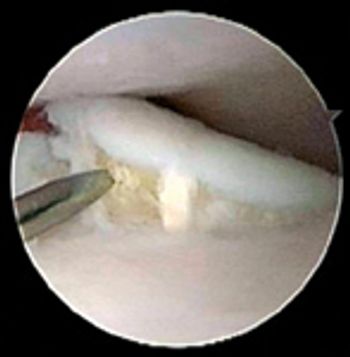
Signs, diagnostic testing of this painful condition that can affect any dog.

Soft tissue injuries and osteoarthritis are common conditions afflicting active dogs due to the repetitive forces placed on the joints. Microtrauma to the tendons, ligaments, and the articular surfaces of joints can occur, creating an environment for osteoarthritic development.

Injuries to the carpus and tarsus are common in agility and sporting dogs. The carpal and tarsal joints act as sock absorbers for the limb during weight bearing.

Traumatic fragmented medial coronoid process (TFMCP) is a condition in the elbow joint of dogs that appears to occur commonly in performance dogs.

Diagnosing and treating forelimb conditions in dogs can be very challenging. Many dogs present with a similar history including minimal responsive to rest and non-steroidal anti-inflammatory drugs and increased lameness following exercise and heavy activity.

The most common hind limb orthopedic/sports medicine conditions afflicting active dogs are iliopsoas strains, cranial cruciate ligament (CCL) insuffiency and gracilis and semitendinosus contracture.
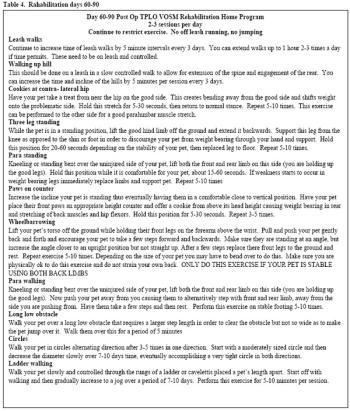
There are numerous studies indicating the positive benefits of rehabilitation therapy following CCL surgery. In summary, rehabilitation therapy has been shown to improve muscle mass and attenuate muscle atrophy that occurs in the post-operative period, increase stifle joint ROM, especially extension, improve weight-bearing as measured by force plate analysis, and reduce the progression of osteoarthritis.

In the field of small animal orthopedics, orthoses, prostheses and other assistive devices are an emerging technology that can aid in the well-being of our canine patients. These devices are used to either correct or accommodate the affected limb(s) following trauma or surgical intervention, and may be utilized as temporary or permanent modalities.

Similar to dogs, joint disorders of the cat are common. Despite this fact, the reported treatment options for cats with joint disease are limited.
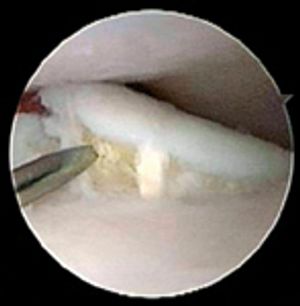
Published: July 1st 2010 | Updated:
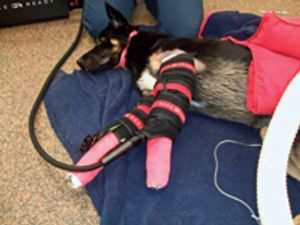
Published: August 1st 2010 | Updated:

Published: November 1st 2010 | Updated:

Published: November 1st 2010 | Updated:

Published: November 1st 2010 | Updated:

Published: November 1st 2010 | Updated: